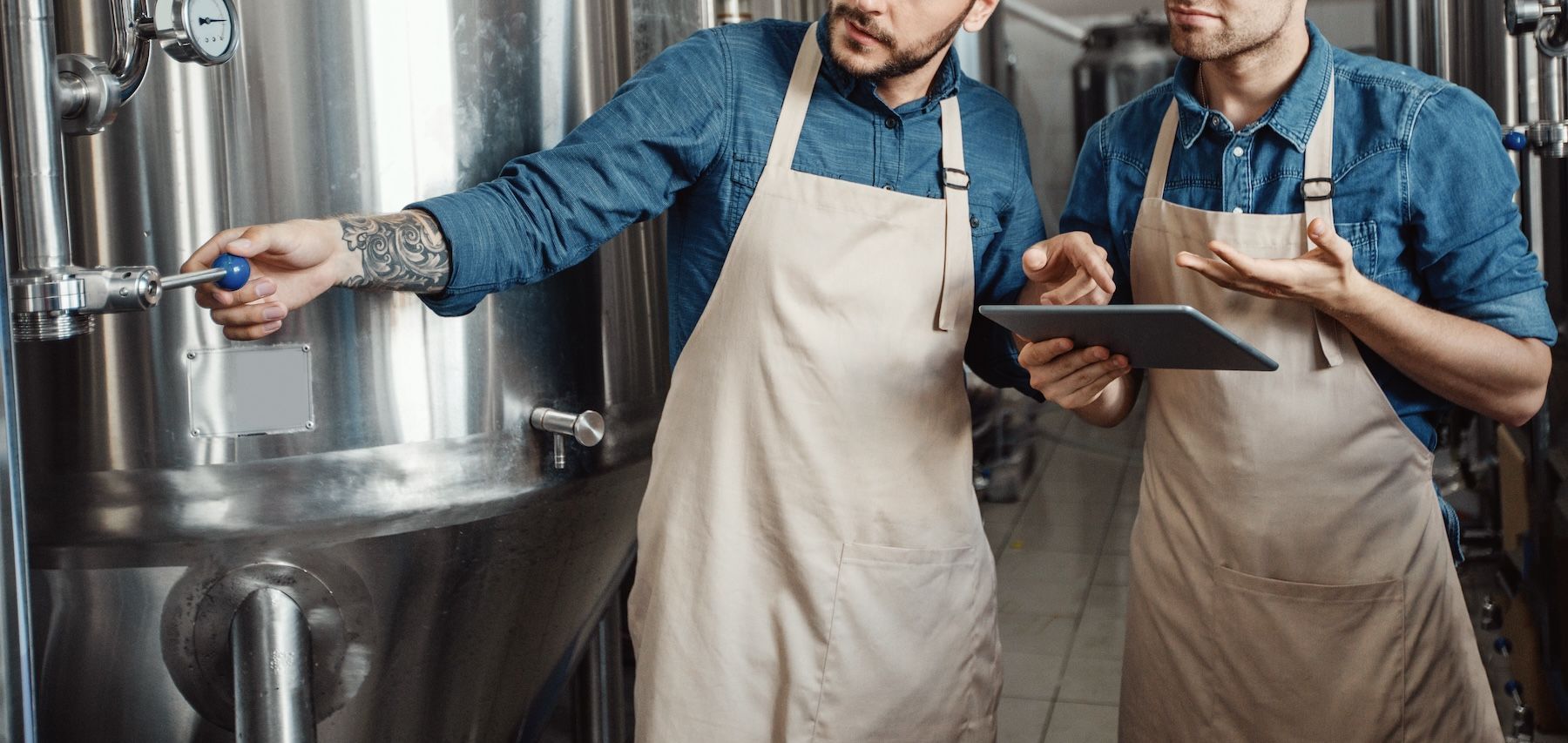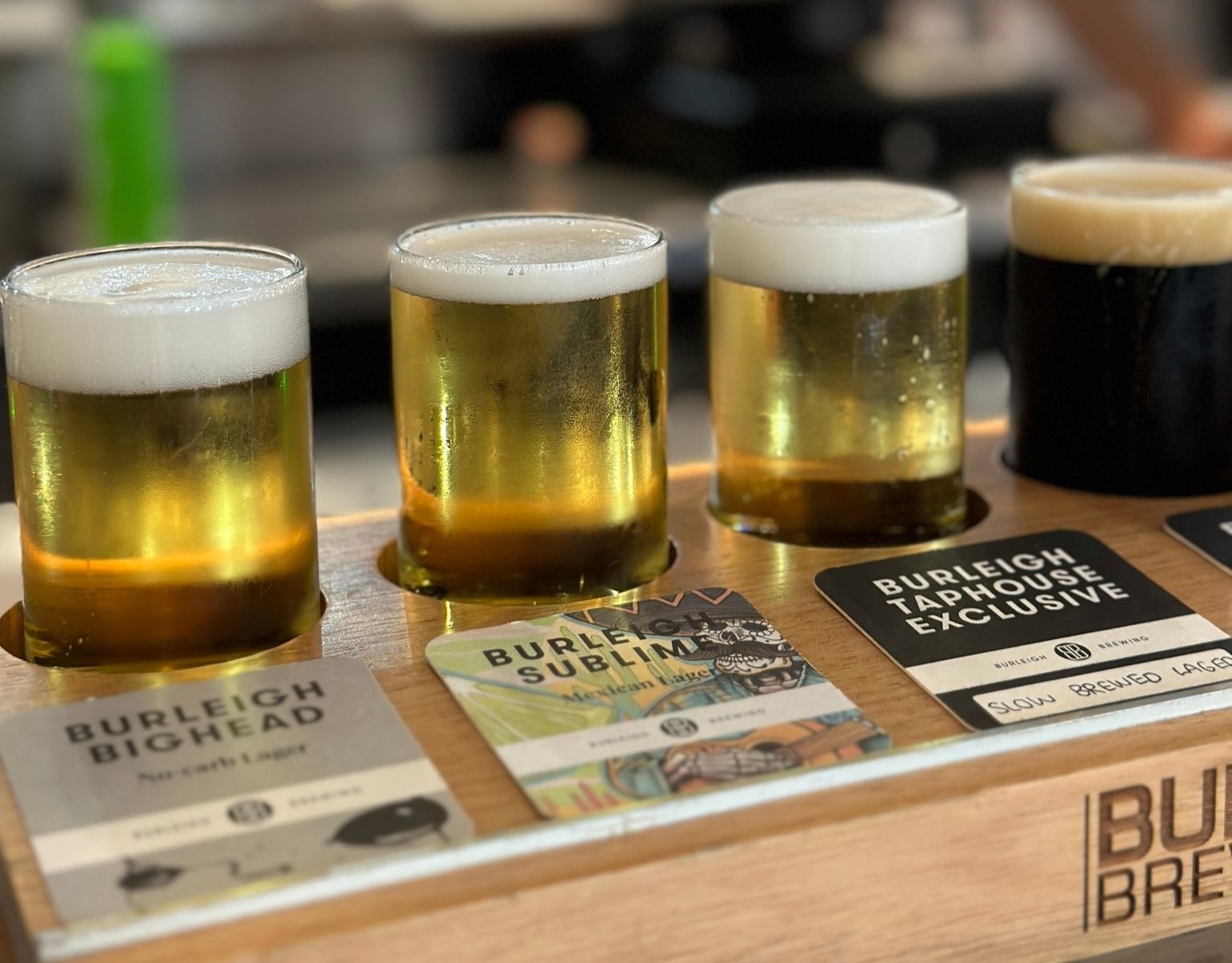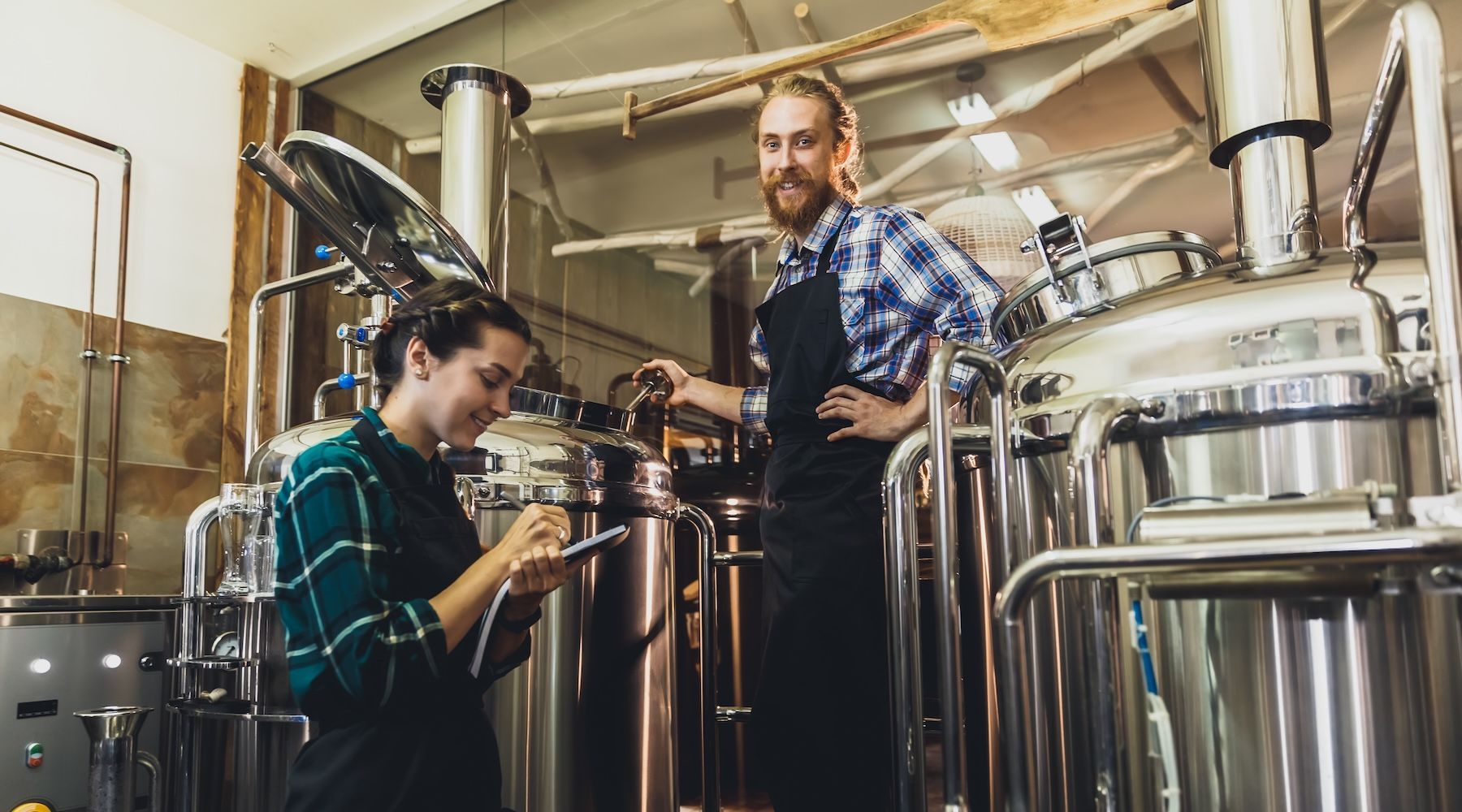A deep dive into the first phase of change management

What does every single great achievement, invention, discovery or innovation have in common? They all started as nothing more than a dream; an idea in someone’s head. We can’t do great things without first having the vision for how great they can be. So, as you get ready to embark on the journey towards a monumental organizational change (e.g., a merger or acquisition) at your brewery, distillery or winery, it's more important than ever to have a vision in mind. Also critical? Ensuring that all arms of the leadership team share a singular vision about what the future of your company looks like. The Crafted ERP Change ToolKit has actionable frameworks and guides to help leaders navigate change management strategies holistically.
Here, we’re going to focus on that all-important first step:
creating leadership alignment around the vision.
This step is all about creating understanding around the two most central aspects of your company that impact every single team member and your day-to-day business: operations and culture.
Operation(s) Critical
Defining changes to your operations is essentially answering the question, ‘What will we DO?” A major change like a merger or acquisition is, by definition, going to impact company structure, processes and systems. How will your new business run? How will roles evolve and interact? How will decisions be made during the transition?
Your leadership team will need to do a deep audit of items like facilities usage, HR processes, product types, technology usage, just to name a few.
When it comes to org structure,
- Where are our facilities located?
- What’s our current employee count?
- What’s the full scope of our product types?
And about your platforms and processes,
- What platforms are we currently utilizing?
- Do we want to consider a new ERP, WMX or CRM system?
- Will there be changes to HR benefits?
- What new processes will we need?
You’ll also have a team who will need help understanding the changes ahead. This piece is critical — retention of staff is paramount to success and the key to
that is understanding.

Culture Shock Absorbance
When defining the vision, your company also must answer the question, ‘Who will we be?’ Your culture — including your vision, mission, values and group norms — is what your organization stands for and how it gets work done. In the midst of something as potentially turbulent as a merger or acquisition, attitudes and working styles are bound to find friction points. It is important to get ahead of these by exploring what your company’s new culture should look like.
At this stage, get ready to take a deep dive into your evolving mission and vision, values, management and leadership practices and working styles to answer the following:
- What does the future hold for us as a team?
- What do we hope to accomplish?
- What hill do we live or die on? What matters to us?
- What’s it like to be an employee at this company?

Should I(t) Stay or Should I(t) Go?
Once your leadership team has thoroughly audited these aspects of your organization, it will be time to put the pieces together to form the vision for your newly formed, newly evolved business.
When considering aspects of the post-change organization, you’ll need to ask: ‘Will it stay, will it go, and what will the new version look like?’
Maybe you’ll decide that having everyone on the same financial system is critically needed, bubbling an ERP software selection project to the top of the list. Maybe you’ll see areas where streamlining communication will provide ROI, and the creation of new roles takes priority. Maybe you’ll want to take a fresh look at your employee total compensation packages and develop new incentives to demonstrate immediate benefits of the change.
The
Crafted ERP Change Toolkit has hands-on activities to help you and your team plot a roadmap to get you from dream to reality. If you haven’t downloaded it already, we invite you to do so and follow the steps outlined within to truly crush change management like a boss.










GET IN TOUCH
1512 Larimer Street, Suite #150
Denver, CO 80202
United States
(720) 699-0200
66 Goulburn Street
Sydney, NSW, 2000
Australia
+61 2 9044 1330

